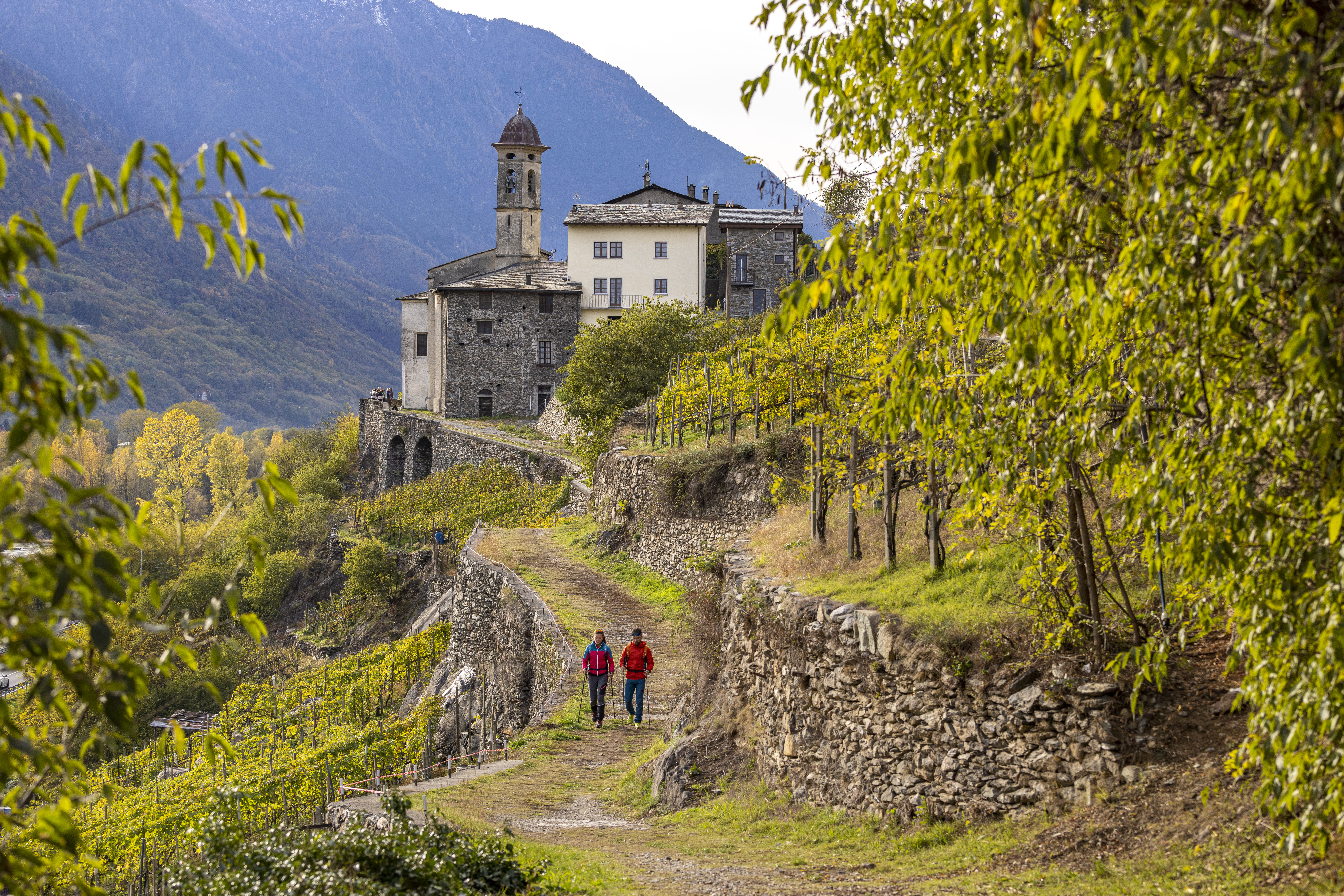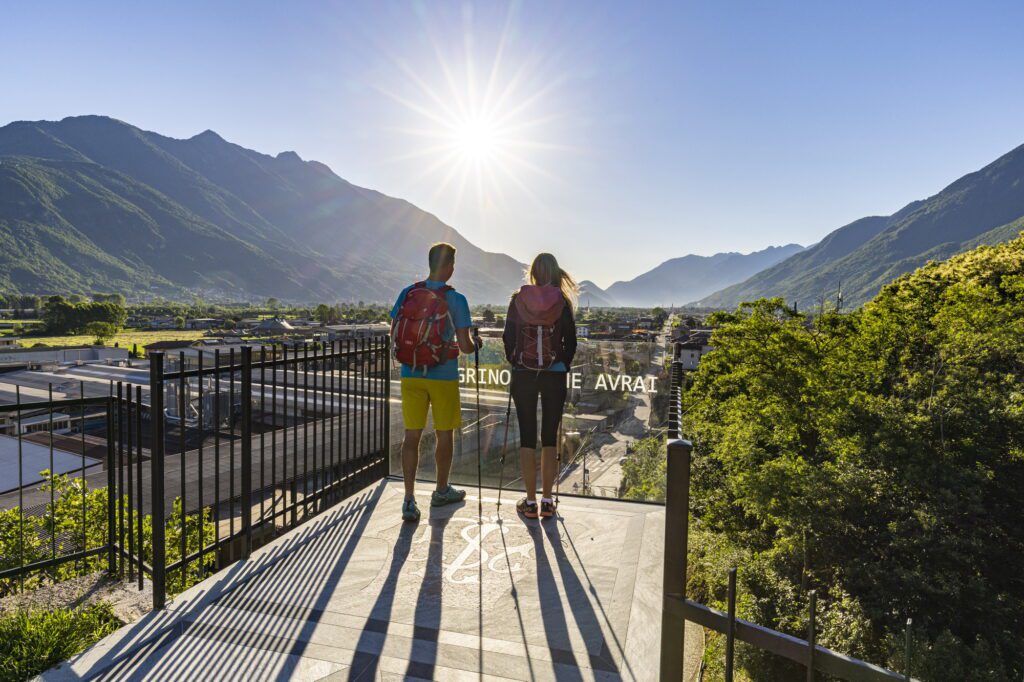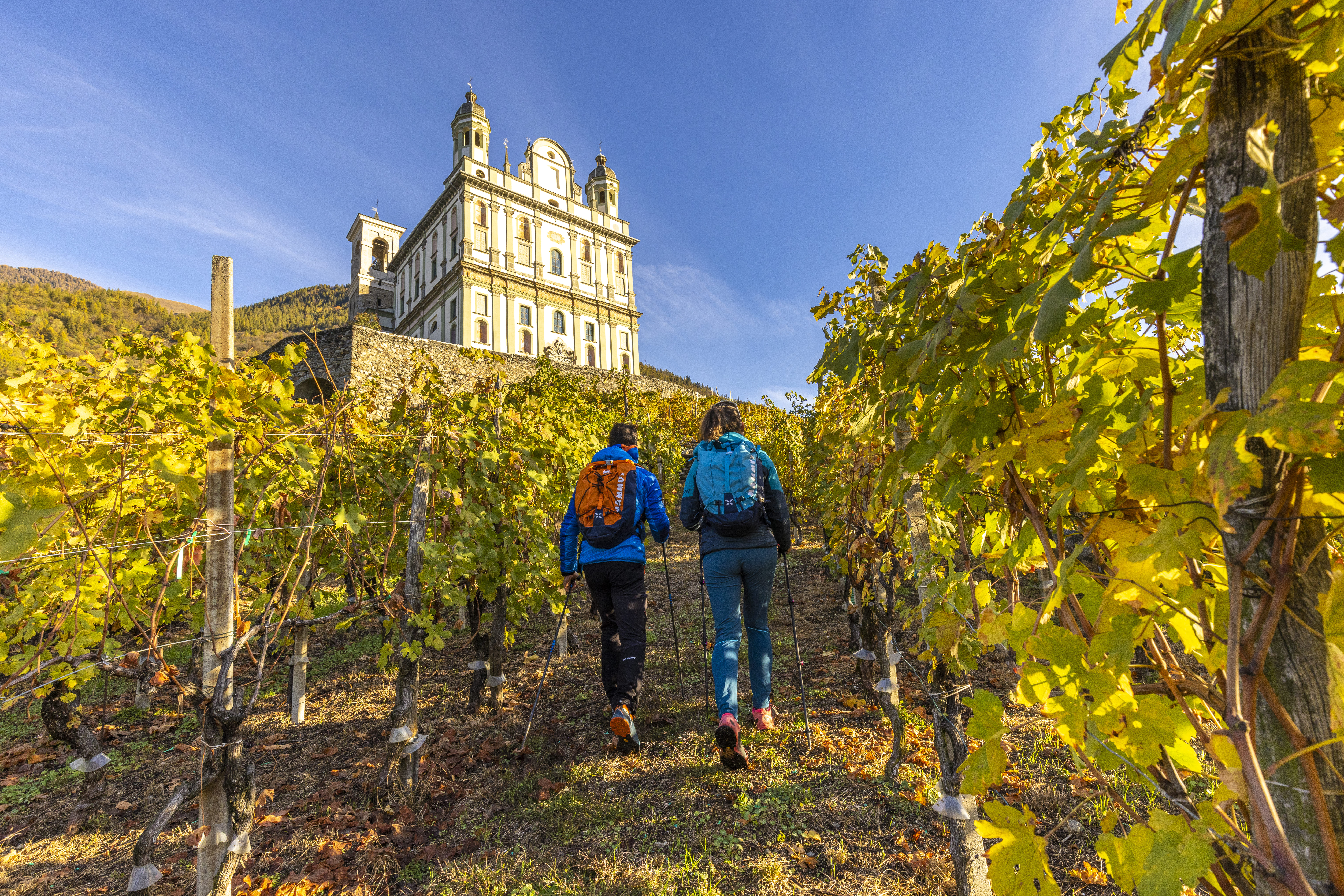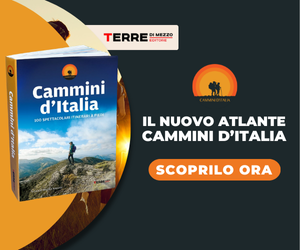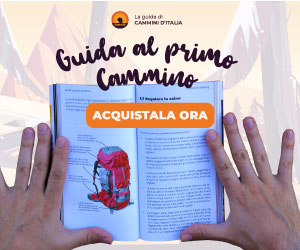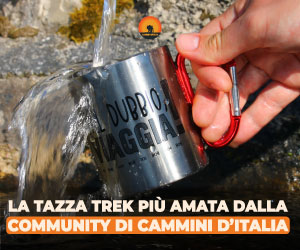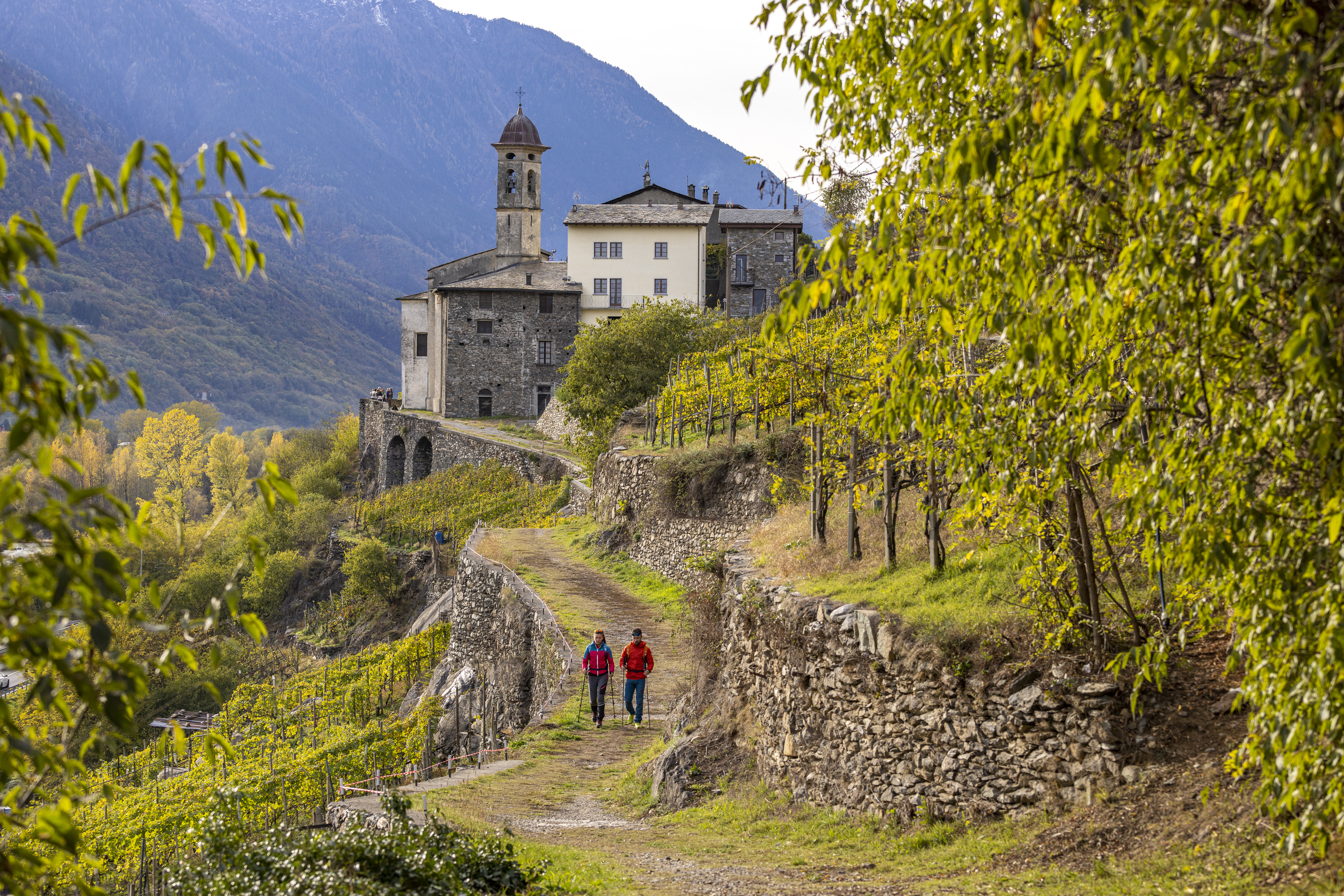

Cammino Mariano delle Alpi
The Cammino Mariano delle Alpi is a project of great religious, cultural and touristic value that was created with the aim of creating a trekking itinerary that, through Valtellina and touching some places of Marian devotion in the province of Sondrio, would lead to the Shrine of Our Lady of Tirano, proclaimed in 1946 by Pope Pius XII “Heavenly Patroness of Valtellina.”
HISTORY
The CAMMINO MARIANO DELLE ALPI is a project of great religious, cultural and touristic value that was created with the aim of creating a trekking itinerary that, through Valtellina and touching some Marian places of worship in the province of Sondrio, leads to the Sanctuary of the Madonna of Tirano, proclaimed in 1946 by Pope Pius XII “Celestial Patroness of Valtellina” and considered among the most important religious monuments in the province.
The route includes two routes: the Western Route, from Piantedo to Tirano, with a total length of 91 km (fully usable from spring 2022) and the Eastern Route from Bormio to Tirano, 66 km long, which is in the planning stage.
The Western Way, in particular, can be divided into 5 STAGES: Piantedo-Morbegno, Morbegno-Berbenno, Berbenno-Sondrio, Sondrio-Teglio and Teglio-Tirano (the latter already usable).
The route grafts onto other networks of trails and paths, first and foremost the Via dei Terrazzamenti, which represents the most typical area of the Valtellina landscape, characterized by terraced vineyards but also by historical-artistic, civil and religious buildings of considerable value and interest, strongly representative and charged with symbolic value.
It is recommended to walk the trail from March to November; the usability of the trail in the remaining months is not guaranteed.
The project of the Cammino Mariano delle Alpi, which was the brainchild of the “cammIKAndo” Association, was accepted by the Municipality of Tirano and the Rectory of the Sanctuary of the Madonna of Tirano, to take on a broad dimension with the involvement of the Province of Sondrio, which enabled the design and implementation of the itinerary.
SIGNAGE
The signs marking the route are distinguished by the presence of the official logo: the mark is light blue on a white background with the words “CAMMINO MARIANO DELLE ALPI”. Along the route there are also brown signs with the white logo on a blue background of the Cammino Mariano delle Alpi and the pedestrian symbol.
The mark, blue in color, which in tradition represents the color of Mary, is represented by a continuous line of varying thickness that at the beginning outlines the profile of Mary and her veil and then continues by drawing the skyline of the Alps and concludes with the path representing the pilgrimage route.
WATER SOURCES.
The water sources are indicated in this interactive map: just click on the interactive map the 4th box below in order from left to right: thus will appear through the filter “water sources” all the sources available along the way https://camminomarianodellealpi.it/organizza-il-pellegrinaggio/mappa-interattiva
STAGE-BY-STAGE SERVICES
Are there supermarkets?
yes, they are present
Are there pharmacies?
yes, they are present
GUIDE
Free downloadable map from: https://camminomarianodellealpi.it/download/mappa-cammino-mariano
TENT WALK
It is not possible to travel Cammino Mariano delle Alpi in a tent
CREDENTIAL
Apply for a free credential at the following link: https://camminomarianodellealpi.it/richiedi-le-credenziali
CONTACTS
Valtellina Turismo Società Cooperativa Consortile
E-mail: info@camminomarianodellealpi.it
Tel: 0342 211329
STAGE 01
STAGE 01: Piantedo to Morbegno
Piantedo, a few kilometers from the northern tip of Lake Como, is the starting point of the Western Route of the Cammino Mariano delle Alpi. From the Shrine of the Beata Vergine delle Grazie, the route winds along the Orobic side of Valtellina, passing through small villages to the Parish Church of the Beata Vergine Immacolata, in the ancient nucleus of Andalo.
From here, the route continues, crossing the provincial road leading to Val Gerola, home of Bitto DOP cheese, and then descends to Morbegno, a town with a lively historic center and full of stores and stores selling typical products, as well as the destination of the first STAGE with the Church of the Beata Vergine delle Grazie, referred to by locals as the “gisèta” (little church).
STAGE 02
STAGE 02: Morbegno to Berbenno V.no.
The second STAGE, among the longest of the Western Route of the Cammino Mariano delle Alpi, passes through Morbegno to reach, on the edge of the village, the shrine of the Blessed Virgin, a pearl of the Valtellina and Lombardy Renaissance.
After traveling one more stretch on the Orobic side, with the passage in Talamona to the parish church of the Nativity of the Virgin Mary, the itinerary crosses the Adda River and thus ascends along the Rhaetian side of Valtellina with its characteristic vineyard terraces.
In Paniga one encounters two churches, moreover of the same name, the older Church of Our Lady of Grace and shortly afterwards the Church of Our Lady of Grace built in the late 1960s. The latter stands as the centerpiece of the hamlet of Paniga, where it skillfully fits into the surrounding landscape with a successful blend of tradition and contemporaneity, both in building material (stone) and form (the sinuous lines, the circular turret emerging from the layout).
The itinerary continues for a flat stretch and then climbs up to the locality of Gaggio with the church of the Blessed Virgin of Good Counsel, the construction of which was carried out thanks to the generous bequest of a faithful emigrant to Rome, who decided to name the new church after Our Lady of Good Counsel, whose cult from Lazio was spreading in those very years.
After traveling about another 3 kilometers, we reach Buglio in Monte, the parish church of S. Fedele with the sobriety typical of Valtellina’s Baroque-era architecture, and, after another eight kilometers, the parish church of Beata
Vergine Assunta in Berbenno, the destination of the second STAGE and whose early 18th-century wooden front door is among the most beautiful in Valtellina.
An overall long STAGE but fulfilled by the beauty of the characteristic vineyard terraces, a symbol of Valtellina viticulture, and the sacred buildings encountered along the way.
STAGE 03
STAGE 3 – Berbenno to Sondrio
From the parish church of Beata Vergine Assunta in Berbenno, continue in the direction of Sondrio, crossing the characteristic terraced vineyards with their characteristic dry stone walls, whose art of construction has been declared a UNESCO heritage site.
After ten kilometers you reach the splendid sanctuary of Santa Maria della Sassella, suspended on a cliff above the bend in the Adda River, on the outskirts of Sondrio, along the ancient Via Valeriana, among vineyards and rock outcroppings.
Beyond, we reach Sondrio, the provincial capital, a small town that can be visited comfortably on foot. The recently built parish church of the Blessed Virgin of the Rosary marks the finishing point of the Third STAGE of the Western Way.
STAGE 04
STAGE 4 – Sondrio to Teglio
Among the most striking and scenic, the fourth STAGE of the Via Occidentale continues on the Rhaetian side of Valtellina, among vineyards, villages and historical memories.
From Sondrio, through the charming historic district of Scarpatetti, the route climbs to Castel Masegra and the hamlet of Ponchiera; from here the route winds along the terraces, crossing at Montagna in Valtellina the church of the Madonnina and the church of the Madonna del Carmine until reaching Poggiridenti with the church of the Beata Vergine del Buon Consiglio.
After another three kilometers, you arrive in Tresivio, at one of the most important sacred buildings in the province of Sondrio, the majestic sanctuary of the Holy House of Loreto, which stands out from all the other Baroque churches in Valtellina because of its bulk and its façade and sides punctuated by a double order of niches.
Inside, the holy little house of the Virgin (temple within a temple) and the wooden statue of the black Madonna replicate the layout of the famous shrine of Loreto in the Marche region.
The STAGE continues giving enchanting panoramic views until it reaches Ponte in Valtellina, one of Valtellina’s most picturesque villages, and the church of the Beata Vergine del Buon Consiglio, whose façade is so sober that it blends in with the nearby houses. Leaving Ponte in Valtellina, the route climbs to Teglio, another beautiful village and home of pizzoccheri. After passing the church of Santa Maria di Ligone, of medieval origin and the destination of processions during the solemn feasts of the Madonna, we reach the parish church of Santa Eufemia, the stage’s finishing point and a very old foundation.
STAGE 05
STAGE 05: From Teglio to Tirano
The last stage of the Western route winds along the Rhaetian side of the valley, where there are still living presences of the ancient winemaking tradition, evidenced by multiple examples of rural architecture; visitors can sample the excellence at many of the main wineries in Valtellina.
After crossing paths and dirt tracks amidst the vineyards overlooking Bianzone and Villa di Tirano, we finally reach the sanctuary of the Madonna di Tirano, the most important religious monument in the province of Sondrio.
Journey diaries
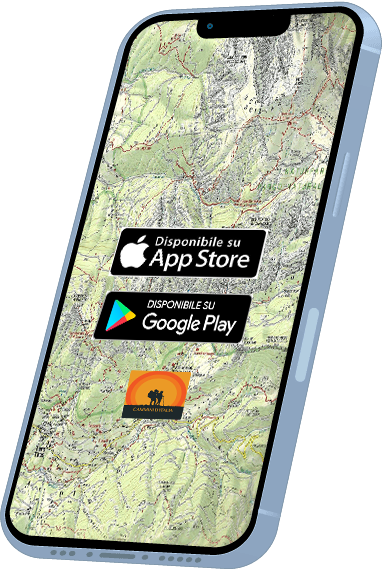
Cammino Mariano delle Alpi
With the free Cammini d’Italia app, you can plan and walk the Cammino Mariano delle Alpi safely, being able to plan the stages in detail and walk the route thanks to the built-in GPS technology that supports your orientation during your adventure.
⠀Inside the app you will find many other paths present in Italy. Thanks to the georeferenced tracks of many routes you will be able to study the itinerary that suits you best and also download the GPX tracks of the individual STAGEs offline.
The app also includes a complete digital map of all the paths surveyed to date on our portal, giving you a wide range of choices among the many paths in the Belpaese.
⠀⠀
Cammini d’Italia is the perfect app for those who want to explore the beauty of Italy on foot, discovering hidden places surrounded by nature. Download it for free today and start planning your next adventure!
⠀
⠀
